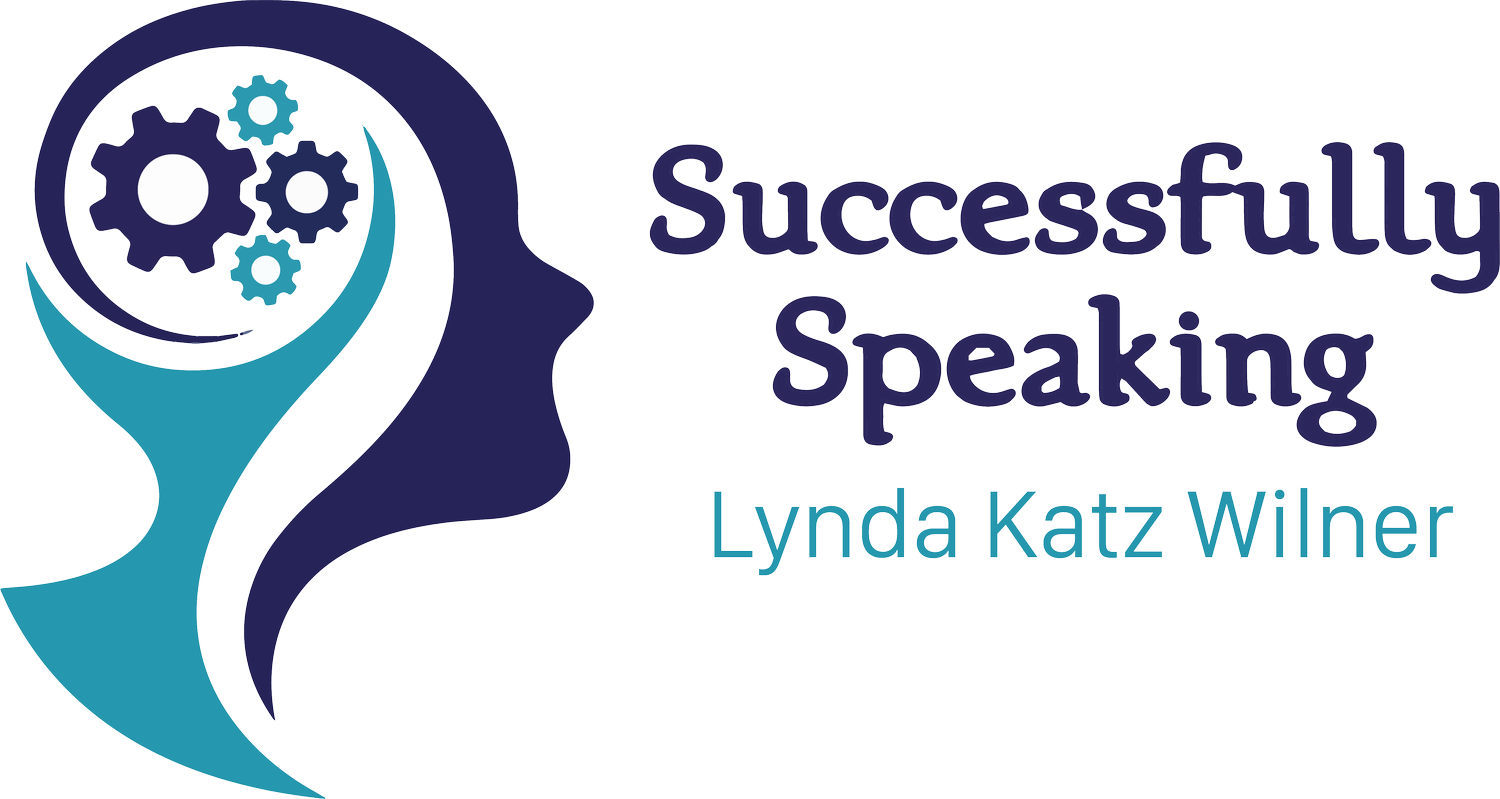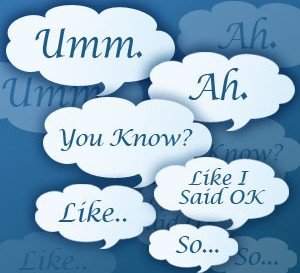Word Fillers & uh..What To Do About Them
Word fillers or verbal tics are often the nemesis of many speakers. Unfortunately, they detract from our message and create unnecessary noise. When the audience begins to count the “ums,” “uhs,” “so’s,” “okays,” “likes,” “ya knows,” “basically,” “kinda’s,” or whatever redundant sound, word, or phrase is in the message, there is a problem. Why do we use word fillers? It can be any of these reasons:
Lack of preparation
Lack of confidence
Inability to find the correct word
Nervousness
A signal that you have not yet finished your thought
A transition to the next idea
The real question is, “What can we do about it?”
Don’t panic! An occasional “um” will not destroy your message. However, as the frequency increases, the clarity of the message will become obscured and the audience will become distracted. This is probably the most common concern I hear from my clients.
Steps to Tackle Your Fillers:
Increase your awareness – Audio or video record yourself and listen back to see how often you use these words. You can even count the occurrences (ouch!). Just by increasing your awareness, you will see some changes.
Ask a colleague or friend to give you feedback – You may not even realize that you are using certain words or phrases.
Prepare and practice your presentation – This will eliminate the need to search for words.
Slow down – This will allow your brain to keep up with your thoughts.
Embrace the pause – This is the best technique! We are more effective when we pause; it gains the audience’s attention, it allows us to think, and we can make a greater impact.
Focus on fluency – When we think about what we don’t want to do, we often do exactly that. For example, did you ever say you don’t want to hit the golf ball into the water, you don’t want to double fault in tennis, you don’t want to miss the basket, or you don’t want to stutter over a word? What happens?
Practice talking about a topic and focus on speaking slowly and inserting pauses, rather than eliminating “um’s.” Now, see what happens!
For more information about how to achieve excellence in communication, contact Successfully Speaking or call 410.356.5666

